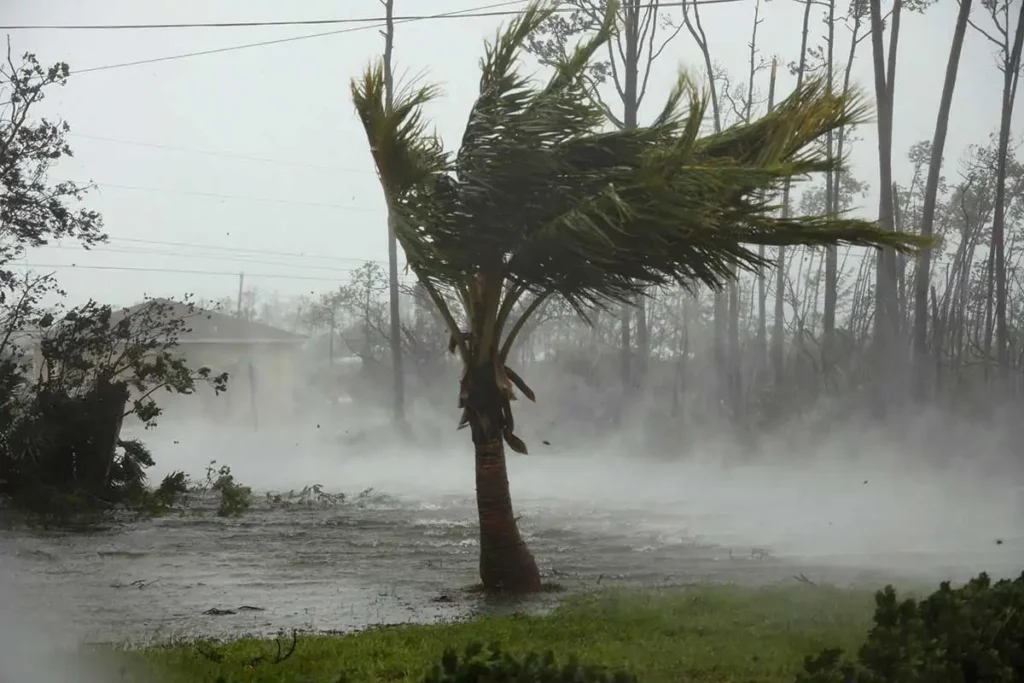One of the most compelling reasons to choose Insulated Concrete Form walls is their ability to stand strong in the face of extreme weather. Whether it’s hurricane-force winds, tornadoes, or severe rainstorms, ICF structures hold up better than many traditional framing methods. The solid concrete core encased within two layers of insulating foam creates a formidable barrier that resists wind-driven debris, intense pressure changes, and water intrusion.
In areas like the Gulf Coast where hurricanes are a known risk, building for durability isn’t just smart—it’s essential. Traditional wood-frame homes can be compromised by water and wind over time, but ICF structures offer an exceptional level of resistance to both. As climate events become more unpredictable, investing in weather-resilient materials is not just a proactive move but a necessity for peace of mind. These walls help homeowners feel safer and can even lower insurance premiums in some regions because of their reinforced strength.
Additionally, the moisture resistance of ICF walls plays a crucial role in mold prevention. The foam and concrete combination does not harbor moisture like wood framing can, which reduces the risk of mold growth after a major weather event. This feature is especially beneficial in humid, coastal environments where moisture can quickly become a hidden problem behind the walls of a structure.
The Long-Term Cost Savings of ICF
While the upfront cost of ICF construction may be higher than that of conventional wood framing, the long-term savings are significant. Because of their thermal mass and exceptional insulation properties, ICF walls help maintain stable indoor temperatures year-round. This leads to lower energy bills, as heating and cooling systems don’t have to work as hard to keep the home comfortable.
Over the course of a mortgage, these energy savings can amount to tens of thousands of dollars. Homeowners also benefit from quieter indoor environments thanks to ICF’s ability to block outside noise. Whether it’s the sound of traffic, loud neighbors, or even marina activity for homes near the water, these walls keep interiors peaceful and serene.
Beyond energy efficiency, maintenance costs are also lower. Traditional construction materials may require regular repairs due to weather exposure, termites, or settling. In contrast, the durability of ICF walls means fewer long-term issues. This results in not only reduced costs but also fewer headaches for property owners who want a low-maintenance investment.
Furthermore, as energy codes and building regulations become more stringent, ICF homes are already meeting or exceeding many future-focused standards. Homeowners who build with ICF are investing in a product that won’t quickly become outdated or require costly retrofitting.
Case Studies from Batten Builders Projects
At Batten Builders, we’ve witnessed firsthand how ICF walls elevate every project, from single-family homes to larger commercial spaces. One example includes a custom beachfront residence in Gulf Shores designed to withstand the high winds and salt air common to the area. The homeowner wanted peace of mind without sacrificing design, and ICF delivered both. Not only does the structure meet high wind ratings, but it also remains cooler in summer and cozier in winter without excess strain on HVAC systems.
In another project, we constructed a multi-unit building using ICF that now serves as both a commercial office and luxury condo. The owner reported immediate differences in monthly utility costs and continues to receive positive feedback from tenants regarding the comfort and quietness of the building.
These real-world examples speak volumes. ICF construction isn’t just theoretical; it’s a proven solution that Batten Builders relies on to create homes and businesses that exceed expectations. Whether building from the ground up or integrating ICF into an existing design plan, the results are consistently impressive.
ICF in Luxury Custom Homes
Luxury doesn’t have to mean fragile. In fact, modern high-end buyers are increasingly looking for homes that blend sleek aesthetics with sustainable, resilient materials. ICF walls allow architects and homeowners to dream big while still incorporating the protective strength that’s becoming a must-have in today’s market.
Because ICF can be poured into curved forms or complex architectural designs, it’s perfect for custom builds that don’t want to sacrifice creativity for function. Whether the design calls for large panoramic windows, vaulted ceilings, or unique room shapes, ICF can handle it. The smooth finish allows for a high-end look both inside and out, and the structural stability provides freedom for more adventurous interior layouts.
Luxury also means comfort, and few things are more luxurious than consistent indoor temperatures, silence from the outside world, and the reassurance that the home is built to last. For these reasons, more and more high-end clients are turning to Batten Builders and requesting ICF walls as part of their custom designs.
Common Misconceptions About ICF
Despite all of its benefits, some myths still persist about ICF construction. One of the most common is that it’s too expensive for the average homeowner. While it’s true that material costs can be higher at the start, they are often offset quickly by lower energy bills and less ongoing maintenance. The true value of ICF comes into sharper focus when looking at the big picture.
Another misconception is that ICF walls limit architectural design. On the contrary, they actually open up more possibilities. Because ICF walls are poured-in-place, they can be formed to suit nearly any layout, including curves, corners, and tall walls. This flexibility makes them ideal for both simple and complex builds.
Some people also assume ICF is only for cold climates. While the insulation does help retain heat in northern regions, it’s equally effective in hot, sunny climates by keeping interiors cool and reducing air conditioning usage. The system works in all environments because of its core function—resisting temperature transfer and improving energy efficiency.
Lastly, there’s a belief that ICF isn’t a “green” product due to the use of foam. However, because the material drastically reduces energy consumption over the life of the building and produces almost zero waste on-site, many green certification programs actually reward builders for using ICF. Combined with longer building lifespans and fewer repairs, the sustainability profile of ICF is much stronger than many traditional options.






14 Comments. Leave new
https://shorturl.fm/a0B2m
https://shorturl.fm/j3kEj
https://shorturl.fm/FIJkD
https://shorturl.fm/A5ni8
https://shorturl.fm/68Y8V
https://shorturl.fm/a0B2m
https://shorturl.fm/oYjg5
https://shorturl.fm/a0B2m
https://shorturl.fm/XIZGD
https://shorturl.fm/FIJkD
https://shorturl.fm/A5ni8
https://shorturl.fm/bODKa
https://shorturl.fm/68Y8V
https://shorturl.fm/68Y8V